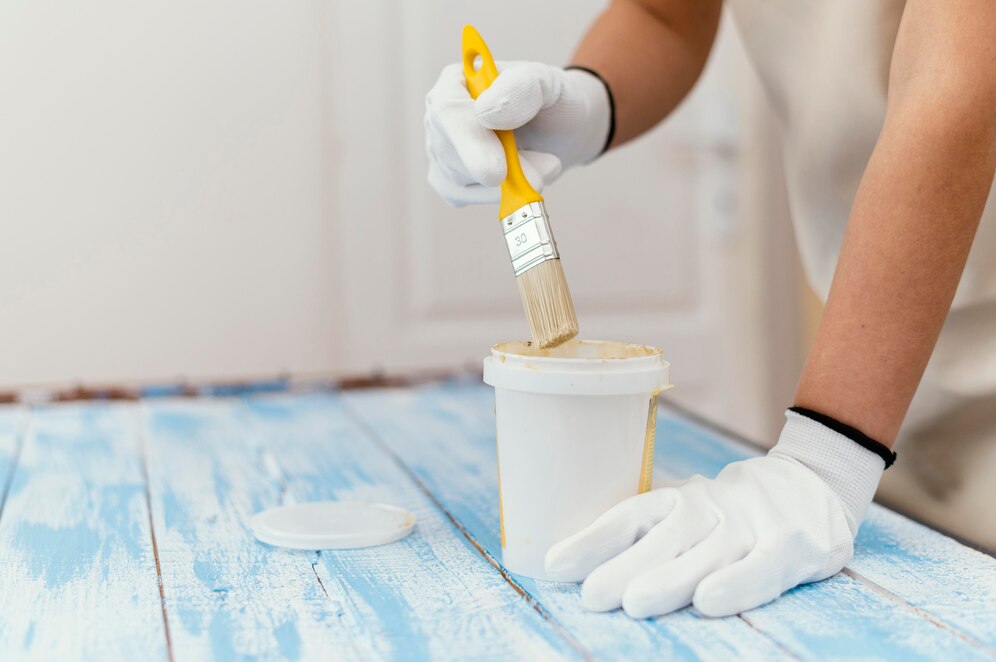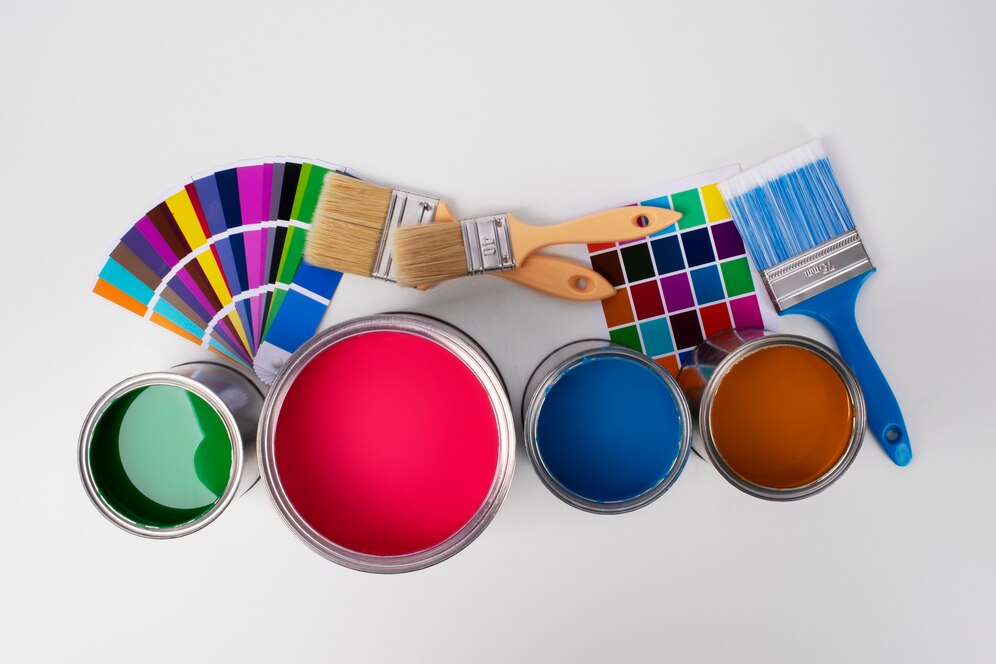When undertaking a painting project, one of the common concerns is the appearance of roller marks, also known as “lap marks” or “streaks.” These marks can mar the otherwise smooth finish of a freshly painted wall. The question many painters ask is: will roller marks go away when the paint dries? The answer can vary based on several factors. Let’s explore this in detail.
Understanding Roller Marks
What Are Roller Marks?
- Definition: Roller marks are streaks or lines that appear on the painted surface, often caused by uneven application of paint with a roller.
- Causes: These marks can result from several issues, such as overloading or underloading the roller with paint, applying uneven pressure, or painting in inconsistent directions.
Will Roller Marks Disappear?
Possibility of Disappearance:
- Drying and Leveling: In some cases, roller marks may become less noticeable as the paint dries. High-quality paint with self-leveling properties can help smooth out minor imperfections.
- Paint Type: Certain paints, especially those with a matte or flat finish, are more forgiving and can hide roller marks better than glossy or semi-gloss paints.
Factors Affecting Persistence:
- Paint Quality: High-quality paints are formulated to minimize lap marks and provide a more uniform finish.
- Application Technique: Proper application techniques play a significant role in preventing roller marks. Consistent pressure and overlapping strokes are crucial.
- Environmental Conditions: The temperature and humidity in the room can affect how the paint dries and settles, potentially reducing or exacerbating roller marks.
Tips to Prevent Roller Marks
- Proper Loading of the Roller:
- Even Coating: Load the roller evenly with paint to ensure smooth application. Avoid overloading or underloading the roller.
- Use a Paint Grid: A paint grid in your paint tray can help distribute the paint more evenly on the roller.
- Maintain a Wet Edge:
- Overlap Strokes: Always overlap your strokes slightly and maintain a wet edge to prevent lap marks. This means working in small sections and not allowing the paint to dry before overlapping.
- Consistent Pressure and Direction:
- Even Pressure: Apply consistent pressure on the roller to avoid streaks. Varying pressure can lead to uneven paint distribution.
- Roll in the Same Direction: Roll in the same direction for each section to ensure a uniform finish.
- Use the Right Tools:
- High-Quality Roller Covers: Invest in high-quality roller covers suited to the type of paint and surface you are working on. The nap length should match the texture of the wall.
- Extension Poles: Use extension poles for better control and to apply even pressure.
- Appropriate Environmental Conditions:
- Optimal Temperature and Humidity: Ensure the room is at the right temperature and humidity level for painting. Extreme conditions can affect drying times and paint consistency.
Fixing Roller Marks After Painting
If roller marks are visible after the paint has dried, you can still address them:
- Light Sanding:
- Smooth the Surface: Lightly sand the affected areas with fine-grit sandpaper to smooth out the marks.
- Touch-Up Painting:
- Reapply Paint: Use a small roller or brush to reapply paint to the sanded areas, blending it into the surrounding paint.
- Repaint the Wall:
- Second Coat: If the roller marks are widespread, consider applying a second coat of paint using proper techniques to achieve a smooth finish.
Roller marks may not always disappear completely when paint dries, but using high-quality paint, proper tools, and correct techniques can significantly reduce their appearance. By paying attention to loading the roller evenly, maintaining a wet edge, applying consistent pressure, and ensuring optimal environmental conditions, you can achieve a smooth and professional-looking paint job. If roller marks do persist, they can often be corrected with light sanding and touch-up painting.










